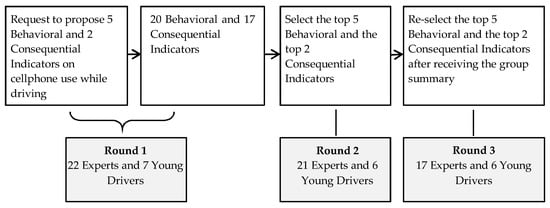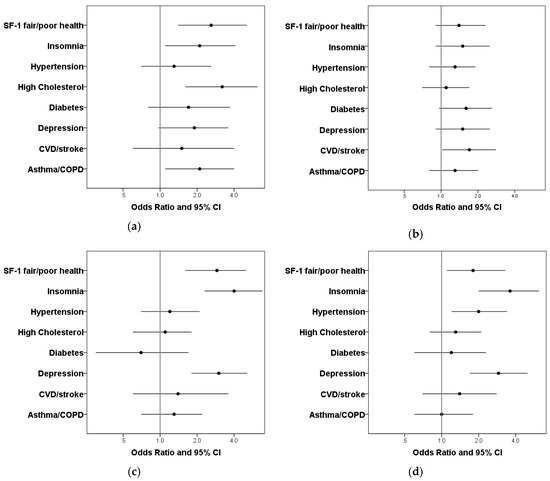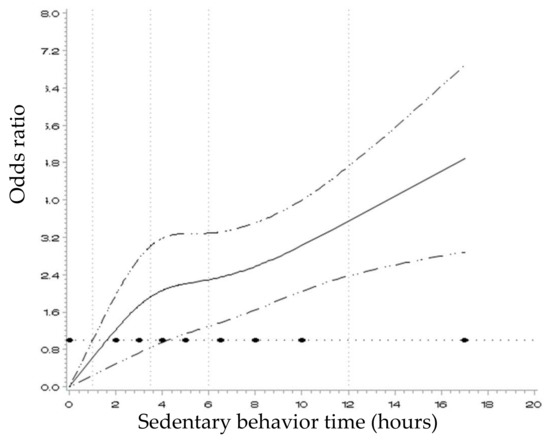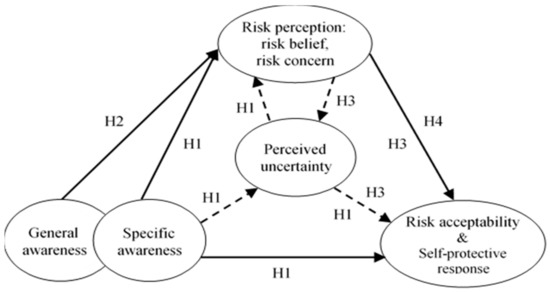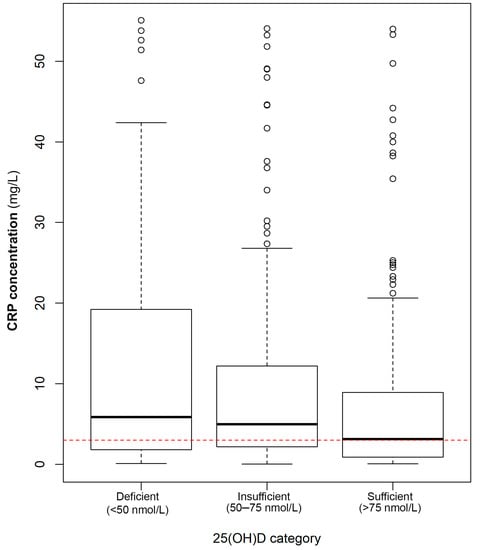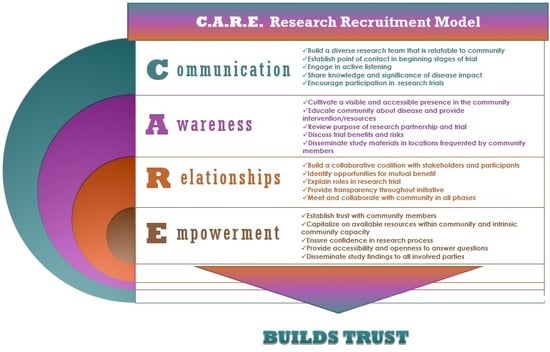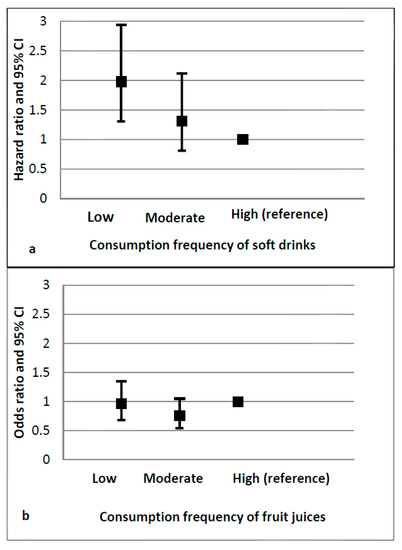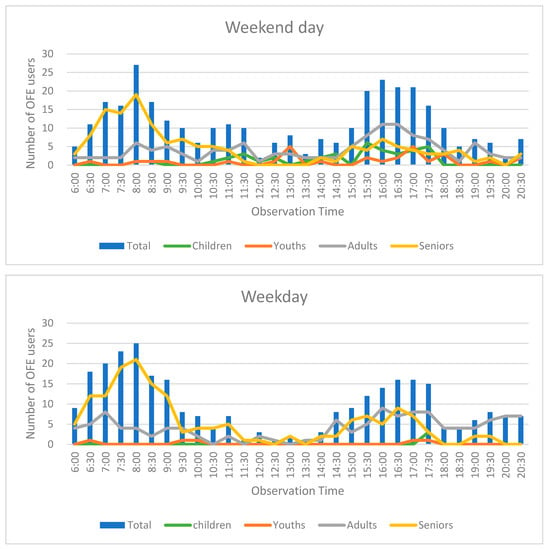Health Behavior and Public Health (Closed)
A topical collection in International Journal of Environmental Research and Public Health (ISSN 1660-4601).
Viewed by 219324Editors
Interests: health economics; economics of health behavior and health education; public health and health promotion; economics of social welfare and public policy; cost benefit/effective analysis; applied microeconomics; pharmaceutical economics
Special Issues, Collections and Topics in MDPI journals
Interests: accessibility; disparities; psychosocial determinants associated with individual level outcomes
Topical Collection Information
Dear Colleagues,
Health behavior change has become a central objective of public health and public health policy past years. During the past years, there has been a significant increase in public, private, and professional support in the public health field in preventing illness and maintaining good health by changing individuals’ lifestyle through behavioral changes. Another issues are accessibilities of healthcare services and an increase in health disparities. Along with this line, health literacy is another issue. Improvement of health and such support come from behavioral scientists, health educators, health promoters, health communicators, and governments. The influence of prevention within the health services has increased. It is important to underscore the application of behavioral and social science perspectives to research on contemporary health problems.
A decrease risk of morbidity and mortality basically depends on individual health behaviors, such as health literacy, behavioral decisions, equal access to healthcare. Understanding an influence on health behaviors and health risk factors is essential and associated with behavioral change which would be considered protective and health enhancing. Thus, Disease prevention, deterrence and early detection contribute to a healthy population, curbing a rapid increase in healthcare costs, and improving quality of life. In addition, issues on accessibility of health care and health disparities have become recent imperative concerns.
Assessment, interventions and evaluation of health and health behaviors are key elements to improve public health. Both public and private sectors provide preventive as well as treatment interventions. The augmented influence of prevention and maintenance of health and health policy would be coincided with increased multi-lateral levels with micro and macro aspects and cost-benefit/effectiveness analyses for allocation of resources is vital.
"Health Behavior and Public Health" explores research on health education, health communication, health behavioral changes, and public health policies, evaluates them with multilevel aspects, and exchanges knowledge in public health in interdisciplinary and international arenas.
Prof. Dr. Tetsuji Yamada
Prof. Dr. Chia-Ching Chen
Collection Editors
Manuscript Submission Information
Manuscripts should be submitted online at www.mdpi.com by registering and logging in to this website. Once you are registered, click here to go to the submission form. Manuscripts can be submitted until the deadline. All submissions that pass pre-check are peer-reviewed. Accepted papers will be published continuously in the journal (as soon as accepted) and will be listed together on the collection website. Research articles, review articles as well as short communications are invited. For planned papers, a title and short abstract (about 100 words) can be sent to the Editorial Office for announcement on this website.
Submitted manuscripts should not have been published previously, nor be under consideration for publication elsewhere (except conference proceedings papers). All manuscripts are thoroughly refereed through a single-blind peer-review process. A guide for authors and other relevant information for submission of manuscripts is available on the Instructions for Authors page. International Journal of Environmental Research and Public Health is an international peer-reviewed open access monthly journal published by MDPI.
Please visit the Instructions for Authors page before submitting a manuscript. The Article Processing Charge (APC) for publication in this open access journal is 2500 CHF (Swiss Francs). Submitted papers should be well formatted and use good English. Authors may use MDPI's English editing service prior to publication or during author revisions.






